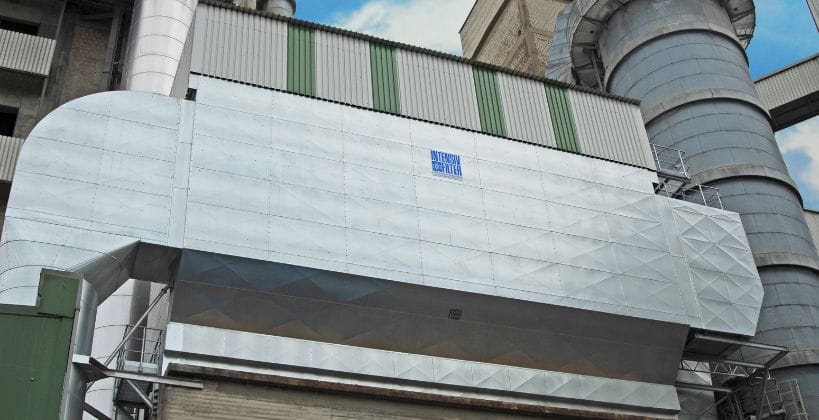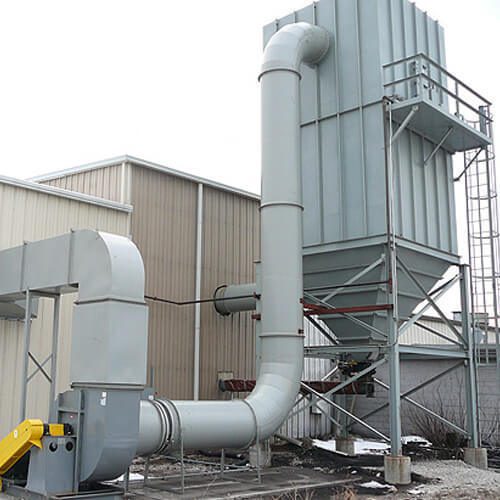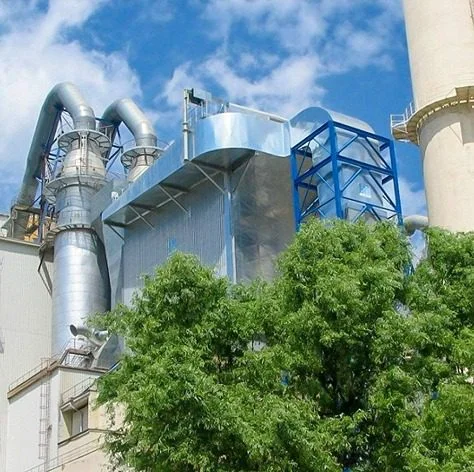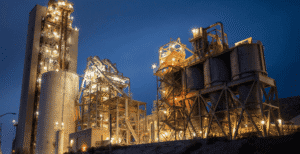Industrial dust collection isn’t a “set it and forget it” operation. Whether you’re in cement, steel, power, food processing, or chemicals, your dust collector is working 24/7, under intense loads, harsh conditions, and ever-evolving regulatory pressure.
At some point, every plant faces the same crossroads:
Do we retrofit the existing dust collector, or is it time to invest in a new system?
This isn’t just a question of cost. It’s a question of safety, compliance, uptime, scalability, and long-term performance.
In this blog, we break down both paths—retrofitting and new installations—with clarity and industry insight, so you can make the right decision for your plant.
Why This Question Matters More Than Ever
Today’s dust loads are heavier. Emission norms are tighter. Processes are faster. And yet, many plants are still relying on equipment installed a decade or more ago—systems that weren’t designed for modern demands.
Retrofitting can breathe new life into your existing infrastructure. But sometimes, what looks like a cost-saving measure ends up increasing operating costs, maintenance downtime, and compliance risk.
Choosing wisely isn’t about choosing cheaper. It’s about choosing smarter.
Retrofitting: When to Upgrade What You Already Have
A Closer Look at the OSHA Beryllium Standard
Retrofitting means modifying your current dust collection system—adding new filter media, replacing components, optimizing airflow, or integrating smarter controls—to improve performance without replacing the entire unit.
Ideal When:
The structural housing of your baghouse or ESP is still in good shape
You want to meet new КПКБ or НГТ compliance limits (e.g., PM2.5)
Budget constraints don’t allow for full replacement
Your process has changed only slightly (e.g., new material, higher throughput)
You want to extend asset life without full capital expenditure
What Can Be Retrofitted:
- Filter media upgrades (switching to high-efficiency bags or pleated cartridges)
- Pulse jet optimization for better cleaning performance
- Fan and ducting modifications to improve pressure drop and energy use
- Control panel upgrades with digital monitoring and automation
- Inlet design changes to improve airflow uniformity
Example:
A 15-year-old baghouse in a cement grinding unit struggles to meet PM emission norms. Retrofitting it with PTFE membrane bags and optimizing the cleaning cycle results in 40% better efficiency, without shutting down production.
New Installation: When It’s Time to Start Fresh
Signs It’s Time to Replace:
Installing a new dust collection system is a major investment—but sometimes, it’s the only logical move.
The collector housing is corroded, leaking, or structurally unsafe
Airflow requirements have drastically increased
Filter changes are too frequent, and emissions remain high
Retrofitting costs are close to 70–80% of the new system cost
You’re adding new process lines or high-dust equipment
Your current setup can’t meet modern regulations (e.g., PM10, PM2.5, VOCs)
Key Benefits of New Installations:
Engineered to match your exact process specs
Long-term reliability with lower lifecycle costs
Fully compatible with new regulations, automation, and energy optimization
Better design = better maintenance, access, and cleaning performance
Future-proofing your plant for capacity expansions
Example:
A steel fabrication plant expanding its welding and plasma cutting lines faces excessive downtime due to overloaded cartridge collectors. A new hybrid system is installed—centralized collection for main lines and decentralized units for edge zones. Result: fewer shutdowns, consistent compliance, and 25% reduction in power use.
Откройте для себя наш спектр решений:
Cost Comparison: Retrofits vs. New Dust Collectors
Let’s talk numbers—not vague estimates, but real cost dynamics that can guide your decision.
Upfront Cost
Retrofitting typically involves a lower initial investment since you’re modifying existing equipment rather than purchasing new components or systems. In contrast, installing a new dust collection system requires a significantly higher upfront cost due to design, fabrication, and installation.
Downtime Needed
Most retrofits can be completed with minimal disruption and, in some cases, even while the plant is still operational. New installations, however, often require partial or full shutdowns to remove old systems and install the new infrastructure.
Life Extension
A well-planned retrofit can extend the life of your existing dust collector by 3 to 5 years on average. A brand-new installation, on the other hand, typically offers a lifespan of 10 to 20 years, depending on maintenance and operating conditions.
Настройка
Retrofits are constrained by the limitations of your existing system’s design and structure. In contrast, new systems are fully customizable—built to match your current process requirements and scalable for future upgrades or expansions.
Compliance Assurance
Retrofitting may or may not fully meet today’s emission and safety standards; it depends on the scope and quality of the upgrades. New dust collectors are designed from the ground up to comply with the latest CPCB, NGT, or international regulations.
Long-Term ROI
The return on investment for retrofitting is moderate, especially when extending the use of a system with only minor performance gaps. However, if your plant is expected to operate for more than 5 to 7 years, a new installation generally offers higher long-term value through lower operating costs, fewer maintenance interruptions, and better regulatory compliance.
Примечание: Retrofitting makes sense when your system is structurally sound and needs performance optimization. Installing new is smarter when your dust loads have grown or standards have changed significantly.
Don’t Forget Compliance and Energy Efficiency
Today, regulatory bodies like CPCB, NGT, and international agencies are tightening their grip on emissions, especially PM2.5 and hazardous dust types. Energy audits are more frequent. Environmental audits are mandatory.
New systems often come with:
- Smart control panels for real-time monitoring
- Energy-optimized fans and motors
- Modular designs for easy scaling
- Low-pressure pulse cleaning systems that save compressed air
How Intensiv Filter Himenviro Helps You Decide—Smartly

At Intensiv Filter Himenviro, we don’t just build dust collectors—we build dust strategies.
With over 100 years of filtration expertise, we offer:
- Plant audits to assess your current system’s condition
- Performance diagnostics using airflow modeling and particle analysis
- Customized retrofit solutions that extend life and enhance performance
- Turnkey installations for new, fully automated baghouses, ESPs, and hybrid systems
- Support for global emission compliance and environmental certifications
Whether you’re operating a cement kiln in India or a metal fabrication plant in the Middle East, we design around your dust, your layout, and your goals.
🔧 Модернизация is best when you want to extend the life of a well-maintained system and need a cost-effective boost in performance.
🏗️ Installing a new one is the smarter move when your existing collector is beyond repair, outdated, or unable to keep up with demand or compliance.
Don’t guess—measure.
Let the dust experts at Intensiv Filter Himenviro evaluate your system, compare options, and build the right solution—built to last, built to comply.
Want clarity on your dust collection decision?
Contact us now for a free site audit or system evaluation.
Let’s engineer cleaner air—together.







